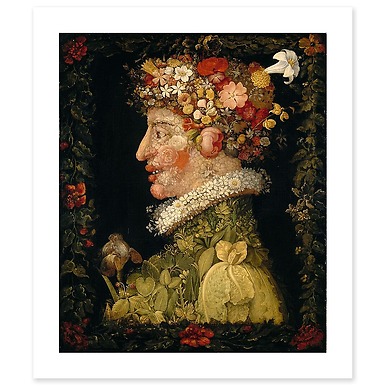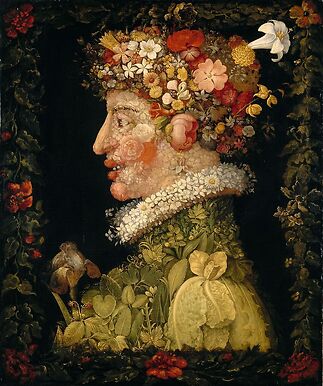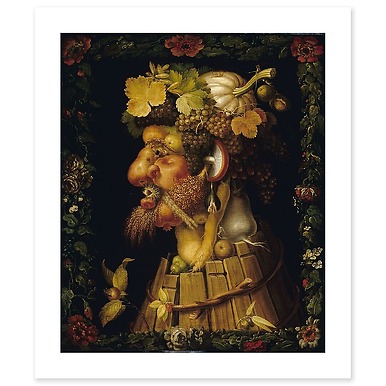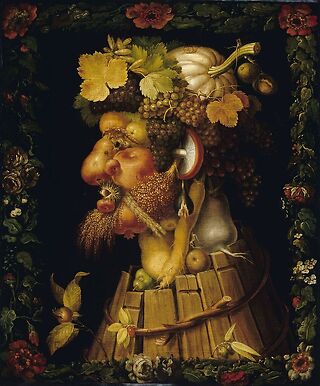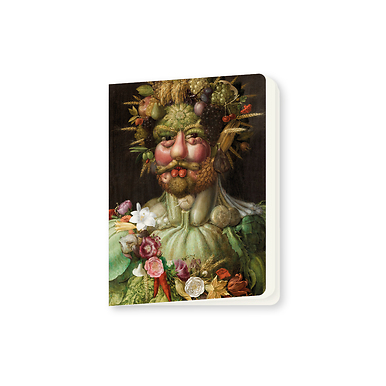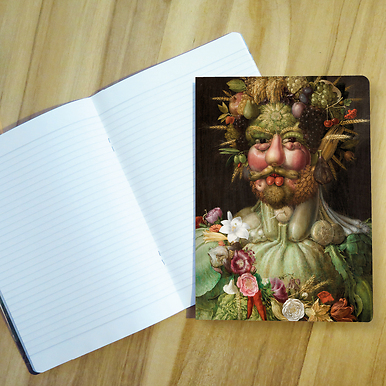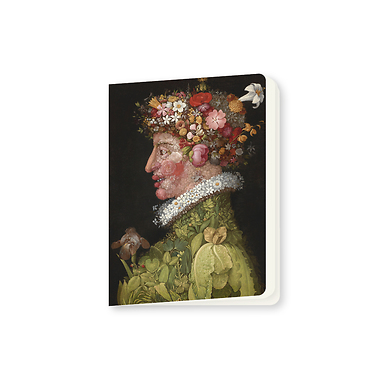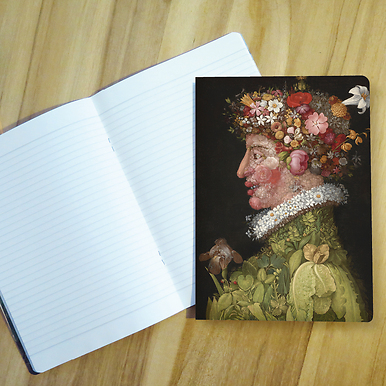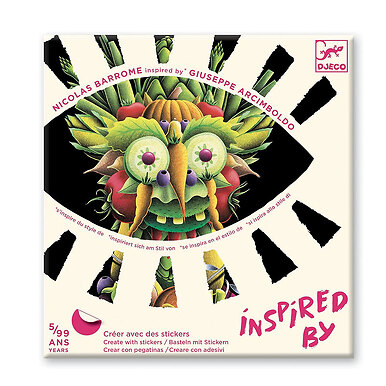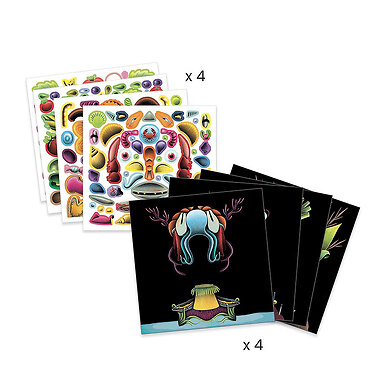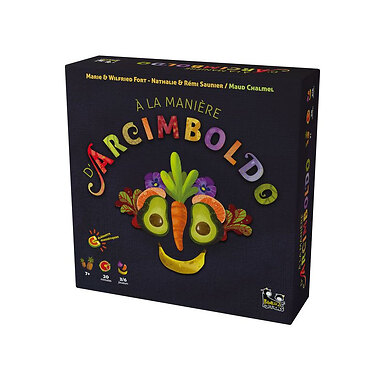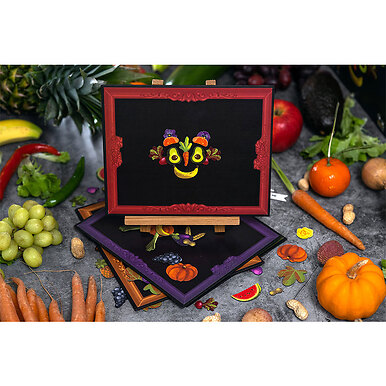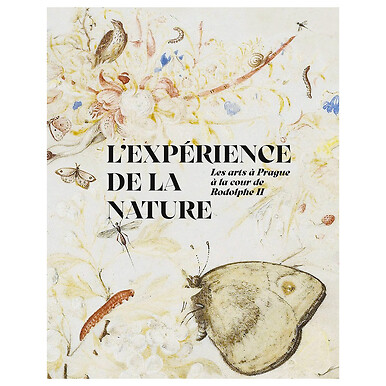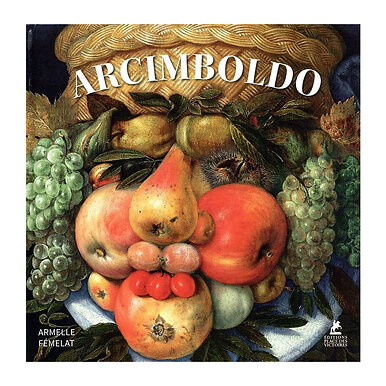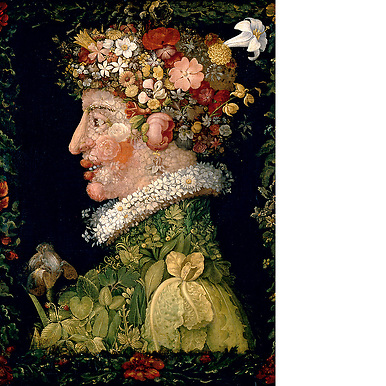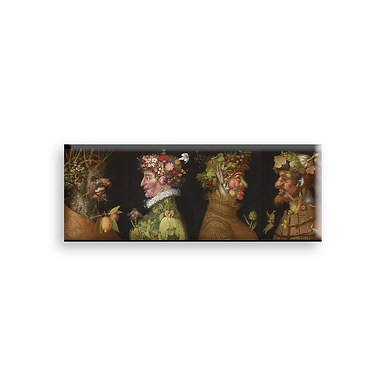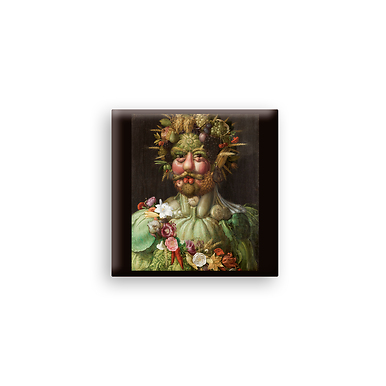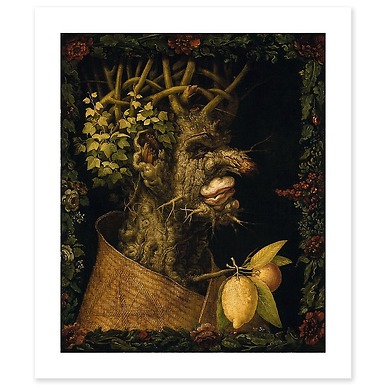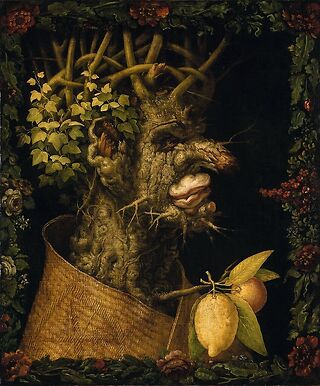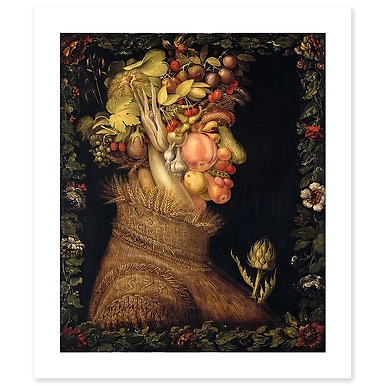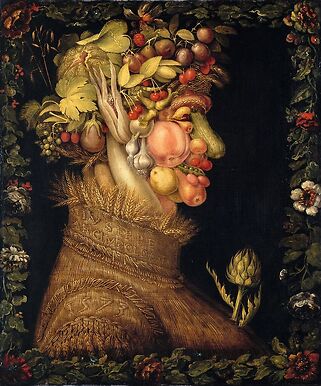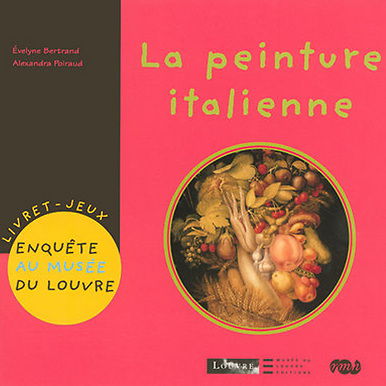Giuseppe Arcimboldo
1527-1593A surprising pictorial style
Born in Milan, the painter began his career as an artist working on the stained glass windows and frescoes that made him famous. Noticed by Ferdinand I, he was called upon in 1562 to join him at the Habsburg court in Prague, to become portraitist to the imperial family. This is where he created his first series of representations of the Four Seasons and the Four Elements, whose surprising pictorial style is a forebear of surrealism. Ingenious and creative, Arcimboldo was .also entrusted with organising royal parties, for which he designed costumes and carriages. After a life spent serving the world's leaders, the artist returned to Italy to finish his days, and continued painting.
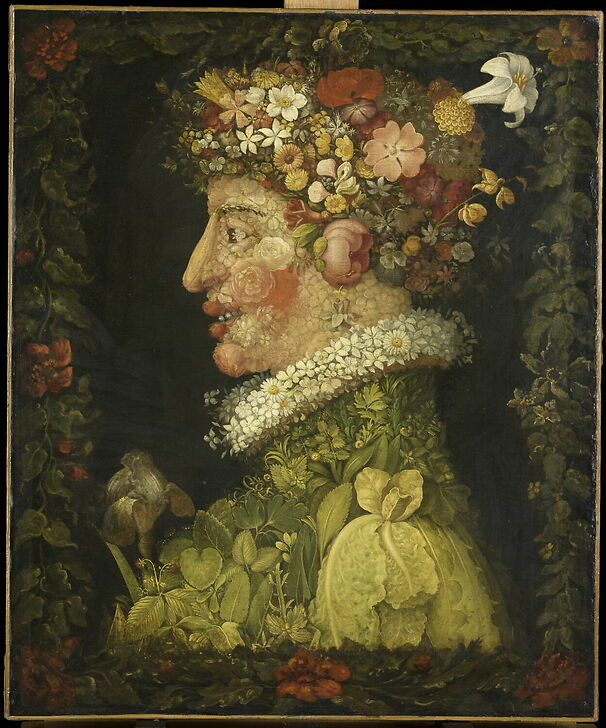
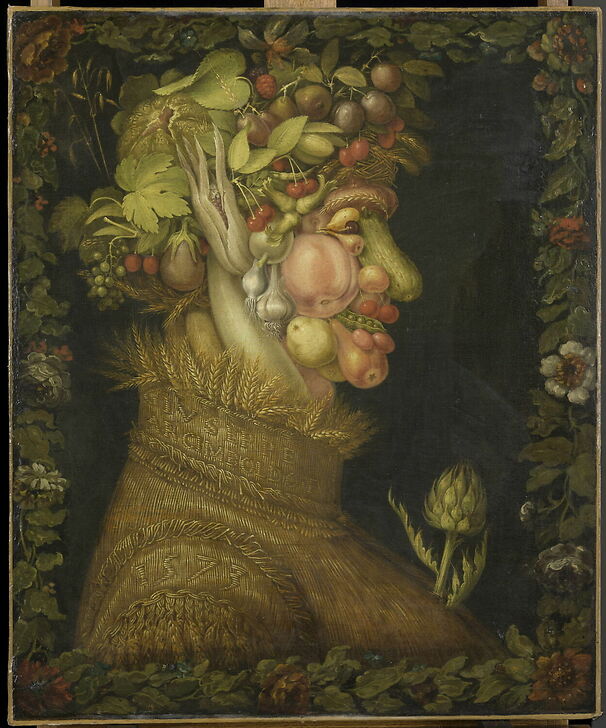
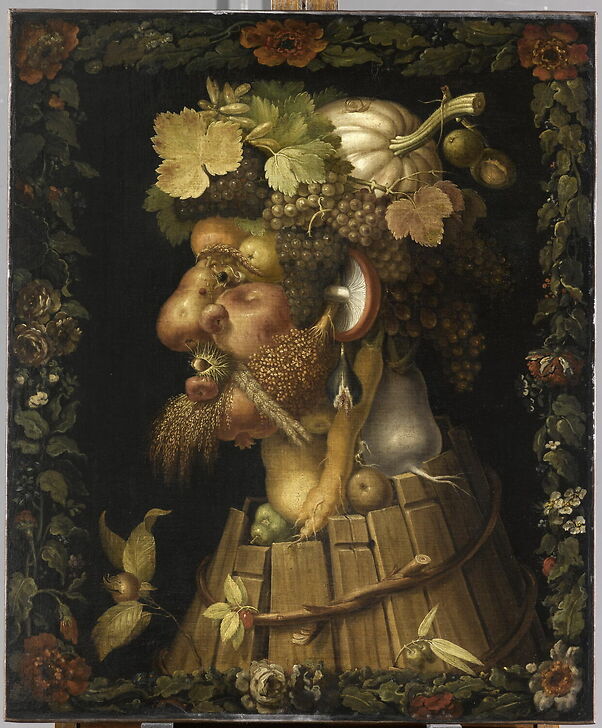
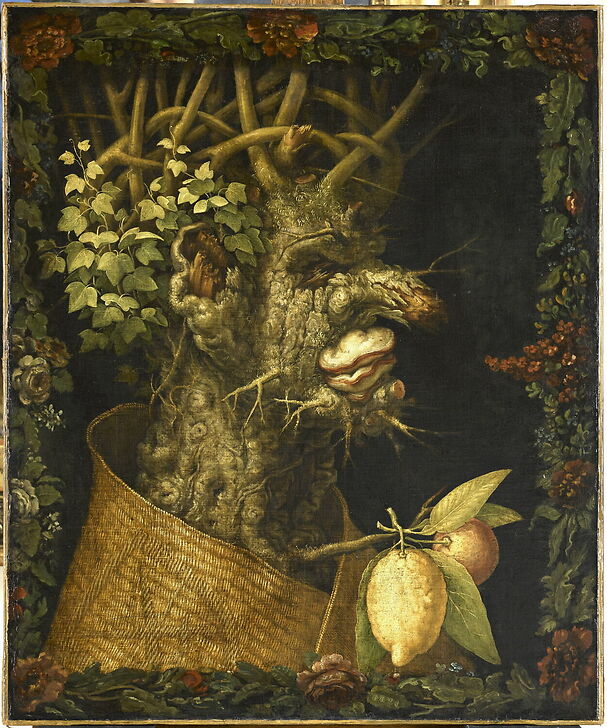
Spring
Spring is the first of four paintings in the Four Seasons series, created by Milan-based painter Giuseppe Arcimboldo between 1563 and 1573.
Much more than mere optical illusions, these paintings are a glorification of the members of the Habsburg house, of which Arcimboldo was the court painter. The composition of these polymorphic portraits testifies to the immense territorial wealth of the imperial house, not without a touch of humour.
Representing the left profile of a woman, Spring is made up of 79 different species of plants and flowers. Rose petals and buds for the skin and lips, belladona berries for the eyes, lily of the valley for the teeth, but also German iris and lily... "Arcimboldo's paintings recall the unlimited creativity of the human mind," noted the Musée du Louvre on acquiring this canvas in 1964.

